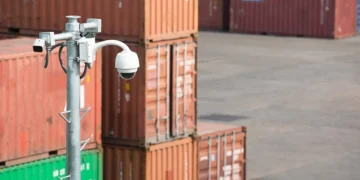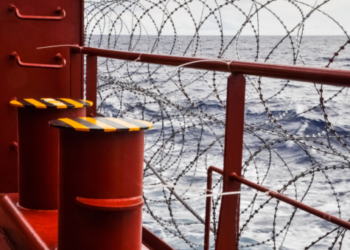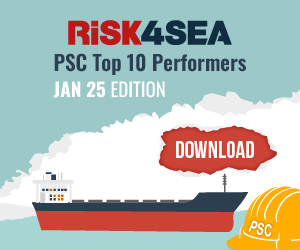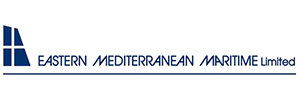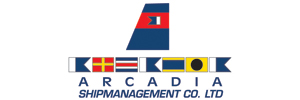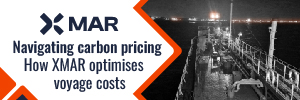TT Club has released a security bulletin highlighting current security risks in the supply chain, like drug smuggling and cargo theft.
According to TT Club, sea-going containers are an attractive mode of transport for these illicit cargoes. Inspections at ports and increased resources aimed at detection make up part of the armoury in fighting the burgeoning crime of drug smuggling but technology in the form accurate tracking of containers and their contents is becoming more sophisticated.
Containerised shipping: A new frontier for smuggling illicit goods
In recent years, drug trafficking via containerised maritime transport has increased considerably, particularly cocaine trafficking. In 2021, 2,026 tonnes of cocaine were seized worldwide, an increase of 42% compared with 2020. Pure cocaine production and coca cultivation have also increased significantly.
Traffickers are increasingly exploiting containerised shipping due to the anonymity of containers, the increasing complexity of trade routes, vessel-sharing arrangements and the fragmented governance structure of the shipping industry.
 Claims statistics over the last three years show that the risk landscape in the United States continues to evolve. Cargo theft claims are being reported with greater frequency year-on-year. Year-to-date data for 2024 confirms a continuation of this trend having already eclipsed 2023 figures in terms of frequency and potentially by average claim value, once the data year is complete.
Claims statistics over the last three years show that the risk landscape in the United States continues to evolve. Cargo theft claims are being reported with greater frequency year-on-year. Year-to-date data for 2024 confirms a continuation of this trend having already eclipsed 2023 figures in terms of frequency and potentially by average claim value, once the data year is complete.
Furthermore, TT claims data also highlights several important trends over the last three years. California has consistently featured as the most frequently targeted state for cargo theft incidents in our data through the period, however alarmingly, this trend has become more prominent in 2024 YTD data, noting that 45% of theft claims occur in the state of California.
Texas, Florida and Illinois all feature towards the top of the list of States where cargo theft incidents occur, however in terms of a percentage of the whole, these states have become less prominent over the last three years.
Enhancing cargo security with smart containers
Smart containers are equipped with sensors and antennae, enabling data to be collected and transmitted in real time. They monitor geolocation, movements, transport conditions and any door openings, facilitating the rapid detection of intrusions.
In addition, shipping lines will be able to alert the relevant authorities in near real time and provide them with accurate information to prove their good faith. Additionally, customs and port police, who are increasingly seeking nonintrusive inspections tools, will be able to allocate limited resources more efficiently.
Not only will they be able to focus on high-risk containers and seize more drugs, but they will also be able to understand traffickers’ habits by identifying the place, time and method of contamination.
As with many risks, technologies and innovative solutions have the potential to mitigate exposure where strategically deployed. While arguably still in their infancy in the context of adoption and market penetration, smart containers are gaining traction in the industry with several operators making long term commitments to the technology.






